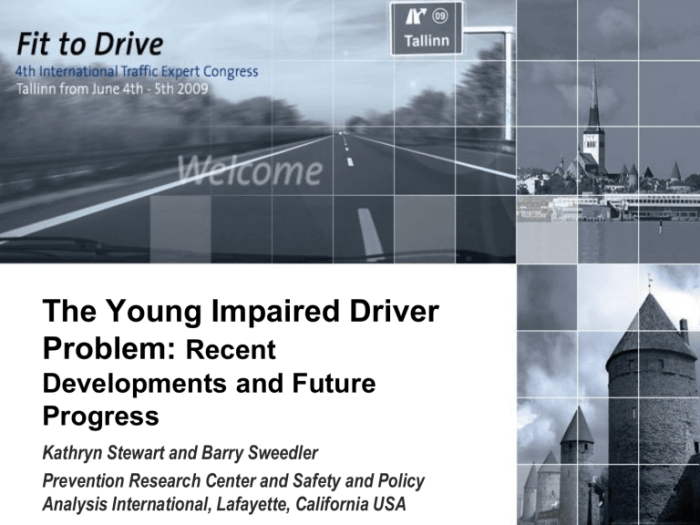What are some behaviors that may indicate an impaired driver – Identifying impaired drivers is crucial for road safety. This discussion explores specific behaviors that may indicate an impaired driver, including driving patterns, physical indicators, vehicle condition, and communication cues.
What are Some Behaviors that May Indicate an Impaired Driver?

Recognizing the signs of an impaired driver is crucial for ensuring road safety. This article provides a comprehensive overview of the various behaviors, physical indicators, vehicle conditions, and communication cues that may suggest impairment.
1. Driving Patterns, What are some behaviors that may indicate an impaired driver
Irregular driving patterns can be a telltale sign of an impaired driver. These include:
- Swerving, drifting, or weaving within a lane
- Erratic speeding or sudden braking
- Driving too slowly or at varying speeds
- Failure to maintain a consistent following distance
- Cutting off other vehicles or making unsafe lane changes
Such driving patterns indicate difficulty in maintaining control of the vehicle and impaired judgment.
2. Physical Indicators
Physical signs can also suggest impairment. These include:
- Bloodshot or watery eyes
- Slurred speech or difficulty maintaining balance
- Flushed face or dilated pupils
- Disoriented or confused appearance
- Unusual odors, such as alcohol or marijuana
These physical indicators can result from the effects of alcohol or other substances on the nervous system.
3. Vehicle Condition
The condition of a vehicle can also provide clues about the driver’s impairment. These include:
- Unusual vehicle damage or maintenance issues
- Open containers or the smell of alcohol in the vehicle
- Excessive clutter or personal belongings in the vehicle
- Darkened windows or covered license plates
Such vehicle conditions may indicate that the driver is attempting to conceal their impairment or engage in illegal activities.
4. Behavior and Communication
Behavioral cues can also suggest impairment. These include:
- Excessive agitation or drowsiness
- Impaired judgment or difficulty following directions
- Uncooperative or evasive behavior
- Inability to focus or maintain eye contact
These behaviors can indicate that the driver is under the influence of substances that impair their cognitive abilities and coordination.
Popular Questions
What are some common driving patterns of impaired drivers?
Swerving, drifting, weaving within lanes, erratic speeding, and sudden braking are common indicators.
How can you identify physical indicators of impairment?
Observe for bloodshot or watery eyes, slurred speech, and difficulty maintaining balance.
What vehicle conditions may suggest an impaired driver?
Unusual damage, maintenance issues, open containers, or the smell of alcohol in the vehicle are potential indicators.


